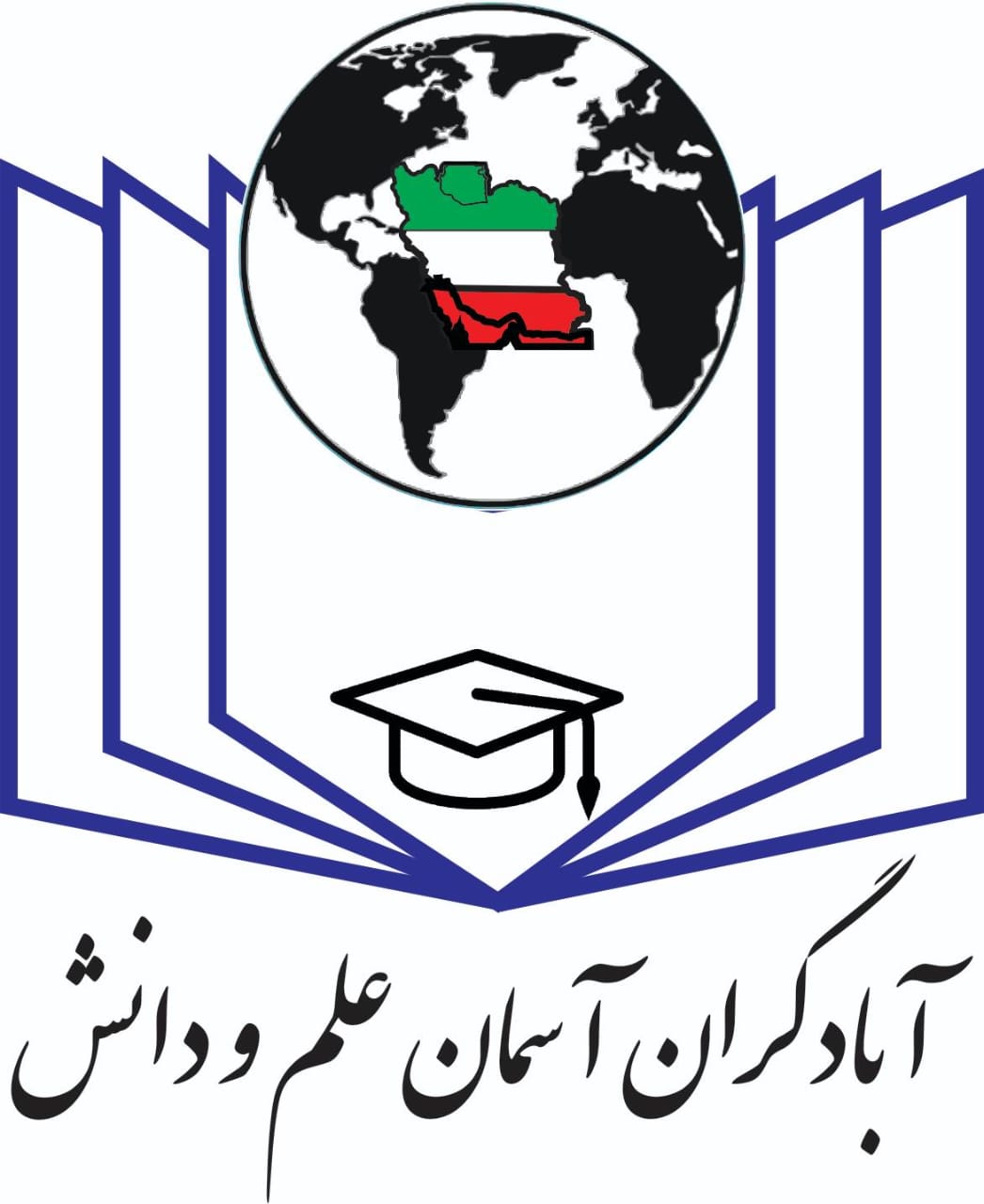Higher Education
in Iran
The great and glorious honors of the history of civilization and culture of Iran indicate the existence of centers of knowledge, education, study and research in various sciences. Prominent scientific centers such as the Nasibiin School and Jundishapur University in the province of Khuzestan, which was established in 530 AD by the order of Khosrow Anushirvan and lasted until the Abbasid era, are proof of this claim. Also, scientists of the Islamic era such as: Ibn Sina, Zakaria Razi, Abu Rayhan Biruni and . . . are known worldwide for promoting thinking and elevating the levels of human society's progress and behavior. Since the Safavid era, the transfer of the principles of new sciences and education from Europe began, until the first new school began operating in Urmia in 1212.
The Higher Education System in Iran Before Islam
The education system in Iran has a long history. Perhaps one of the oldest educational centers in Iran is the Jundishapur Center or University. Jundishapur University or Jundishapur was one of the important scientific centers during the Sassanid era; And with more than 17 centuries of history, it is considered one of the oldest educational centers in the world. This university, of which only remnants remain around the city of Dezful, was declared the oldest university in the world by UNESCO on November 3, 2017. This university offered education in the fields of medicine, philosophy, theology, and science. This education was based on Zoroastrian and Iranian traditions, as well as Greek and Indian traditions. The new institution of the hospital as a center for medical treatment and education was also formed at this university, which had a great importance and influence in the history of medical science. In addition, the hospital of this university was the most important medical center in the ancient world in the 6th and 7th centuries AD.
Higher Education System in Iran after Islam
After Islam, education was carried out in mosques and schools. From the beginning of the fourth century and throughout the fifth century AH, changes occurred in the educational system of Iran, and mosques were transformed from their simple form into seminaries and rooms for students to live in. A more organized example of seminaries were schools called Nizamiyah, which were run by Khajeh Nizam al-Molk Tusi with a specific and unified program. Since the Qajar era, about two hundred years ago, the Iranian education system has undergone fundamental changes, and due to Iran's political exchanges with European countries, traditional schools and schools have given way to modern schools, all of which were imported and European. The Dar al-Fonun School was established in 1228 AH by Amir Kabir, the minister of his time, with the fields of engineering, pharmacy, medicine and surgery, artillery, infantry, cavalry, and mining.
Higher Education System in the Modern Era
The modern era of higher education in Iran began in the late Qajar era and early Pahlavi era in Iran. The formation of the initial core of Kharazmi University in 1298 as a house for teacher training and the establishment of the University of Tehran in 1313 were the first steps in establishing a new-style university in Iran.
The idea of creating a center for higher education in Iran, or in other words, a university, was first implemented with the establishment of Dar al-Fonun in 1230 AH with the disciplines of engineering, pharmacy, medicine and surgery, artillery, infantry, cavalry and mining by the efforts of Mirza Taghi Khan Amir Kabir. Although Dar al-Fonun did not develop, it provided a valuable experience for those who wished to familiarize Iranians with new knowledge and European advances in industry, economics, politics, etc. In light of this experience, in 1307 AH, Dr. Mahmoud Hesabi proposed setting up a comprehensive center for all or most of the sciences with the then Minister of Culture, Dr. Ali Asghar Hekmat, and in 1313, the first modern-style university in Iran was established under the name of Tehran University.
Current status of the higher education system
Currently, according to the latest data from the Higher Education Research and Planning Institute of the Ministry of Science, there are 2,569 universities in 31 provinces in Iran: 530 open university branches; 309 non-profit institutions; 170 vocational technical centers; 466 Payam Noor centers; 953 applied science branches and 141 state universities.
Types of universities in Iran
Universities in Iran are divided into six main groups: state universities (nationwide), open university, non-profit university, Payam Noor, technical and vocational, and applied science. The quality of state universities is higher than open and non-profit universities, and these universities have better research and educational facilities compared to other universities. Payam Noor University is a distance learning university that holds fewer sessions for each course during the semester. In technical and vocational and applied science universities, the focus is more on learning skills than theoretical skills; these universities accept students up to the bachelor's level. Each of these two universities has about 200 faculties nationwide.
Islamic Azad University is also a private university that has university branches in most cities of Iran under its own management. Other private universities also operate in Iran, which are called non-profit universities.
Medical and allied medical universities are affiliated with the Ministry of Health, Treatment and Medical Education, and other universities operate under the supervision of the Ministry of Science, Research and Technology.
Duration of study in the Iranian educational system
The Iranian educational system for the pre-university period is 12 years (including 6 years of primary and 6 years of secondary school).
The duration of study for a bachelor's degree is 4 years, for a master's degree it is 2 years, and for a doctoral degree it is 4 to 5 years. Extension of further years of study is possible with the consent of the university.
